RAKwireless Naming System & Model Numbers Explained: Why Every RAK Number Tells a Story?
Whenever I visit customers and show them our products, they always ask me at some point:
“Why do your products’ names always start with RAKXXXX, like RAK3172 or RAK11160? What do those numbers mean?”
It may sound like a simple curiosity, but for us at RAKwireless, it is much more than that. These names are not just random codes or technical IDs. They are the reflection of our systematic way of thinking about modular IoT—a language we’ve created to capture our vision that computing, connectivity, and sensing can be combined like building blocks to meet any IoT challenge.
And since so many people have shown such genuine interest, we thought it would be the right time to write this blog. This article will walk you step-by-step through each digit of a RAK model number and show how you can instantly read what the module does, as well as understand why it matters for the future of IoT.
Modular Vision for IoT: The RAKwireless Approach
Before we dive into naming, it’s important to first look at our modular vision for IoT, the philosophy that inspired our entire product family.
RAK was founded on three core beliefs:
- the interconnectedness of everything,
- a commitment to transparency through a community-driven model,
- and the importance of diversity in making IoT accessible for software developers.
Our mission is to simplify the interaction between application developers and hardware by creating modular systems that accelerate IoT innovation.
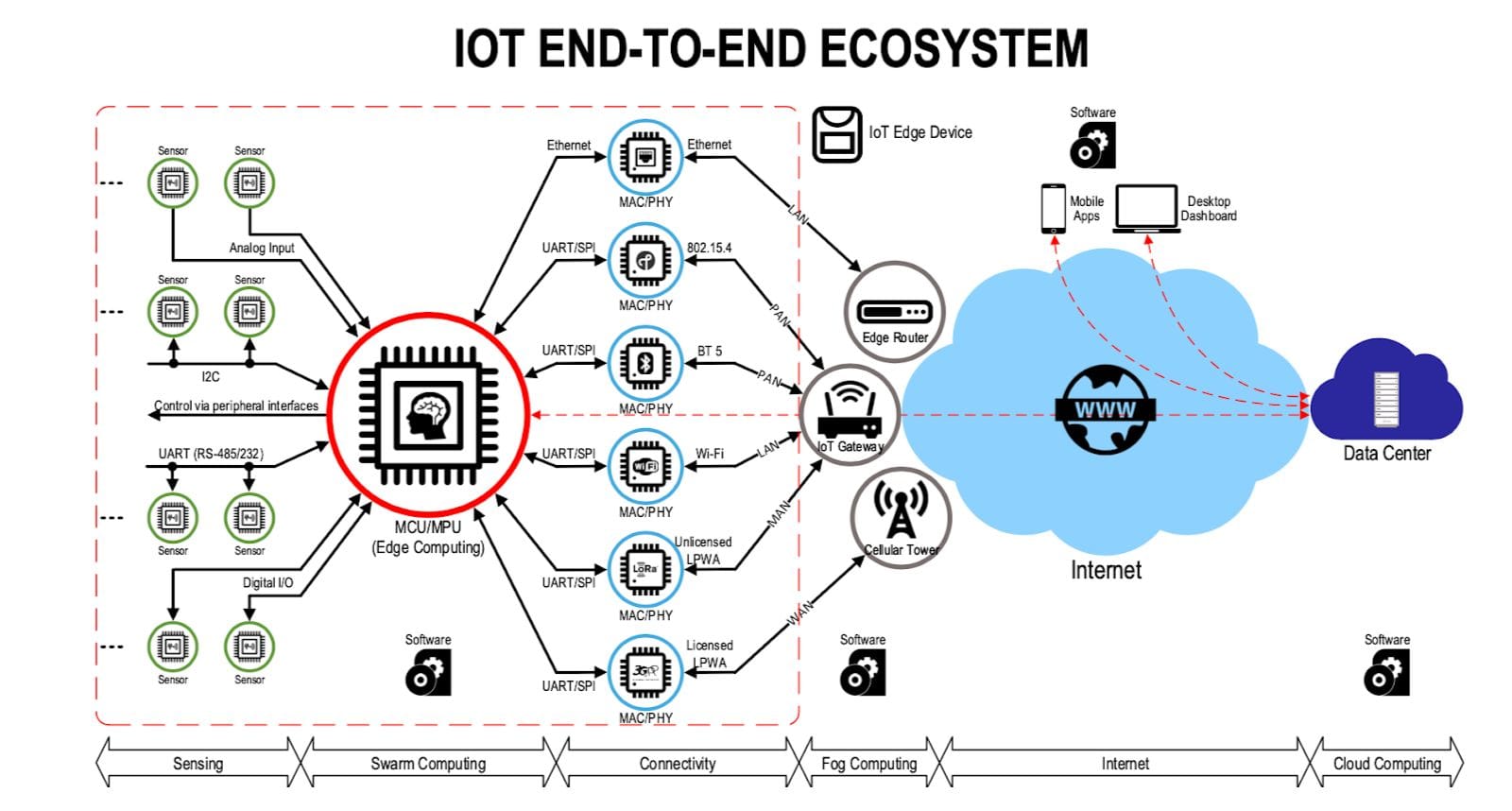
Unlike the mobile industry, where hardware is highly standardized, IoT hardware is incredibly diverse, shaped by the unique requirements of each application. This diversity often complicates both production and long-term support. To solve this, we decided to standardize the fundamental building blocks of IoT devices: Sensor, Compute, and Connectivity. These blocks use common interfaces like I²C, SPI, and UART, and with WisIO sockets we extended support to industrial standards such as RS485, Analog, Digital, and 4–20mA.
Just like Lego bricks, these three blocks can exist on their own or be combined in endless ways:
- a standalone Connectivity module,
- a Compute + Connectivity two-in-one,
- or even two Compute units combined with Connectivity.
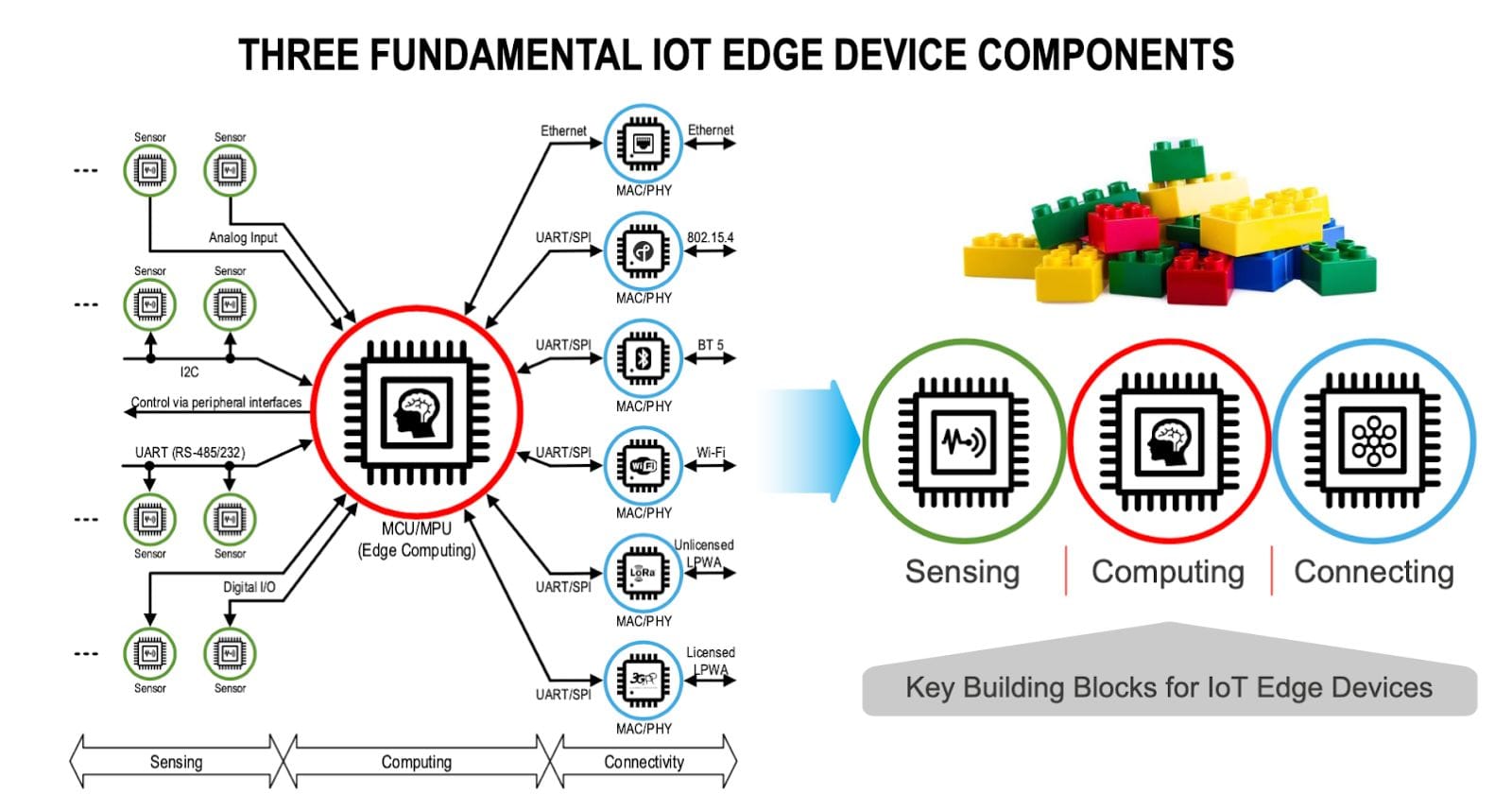
This is how we defined different Wis families:
- WisDuo – dual-function combinations,
- WisTrio – triple combinations,
- WisLink – connectivity extensions.
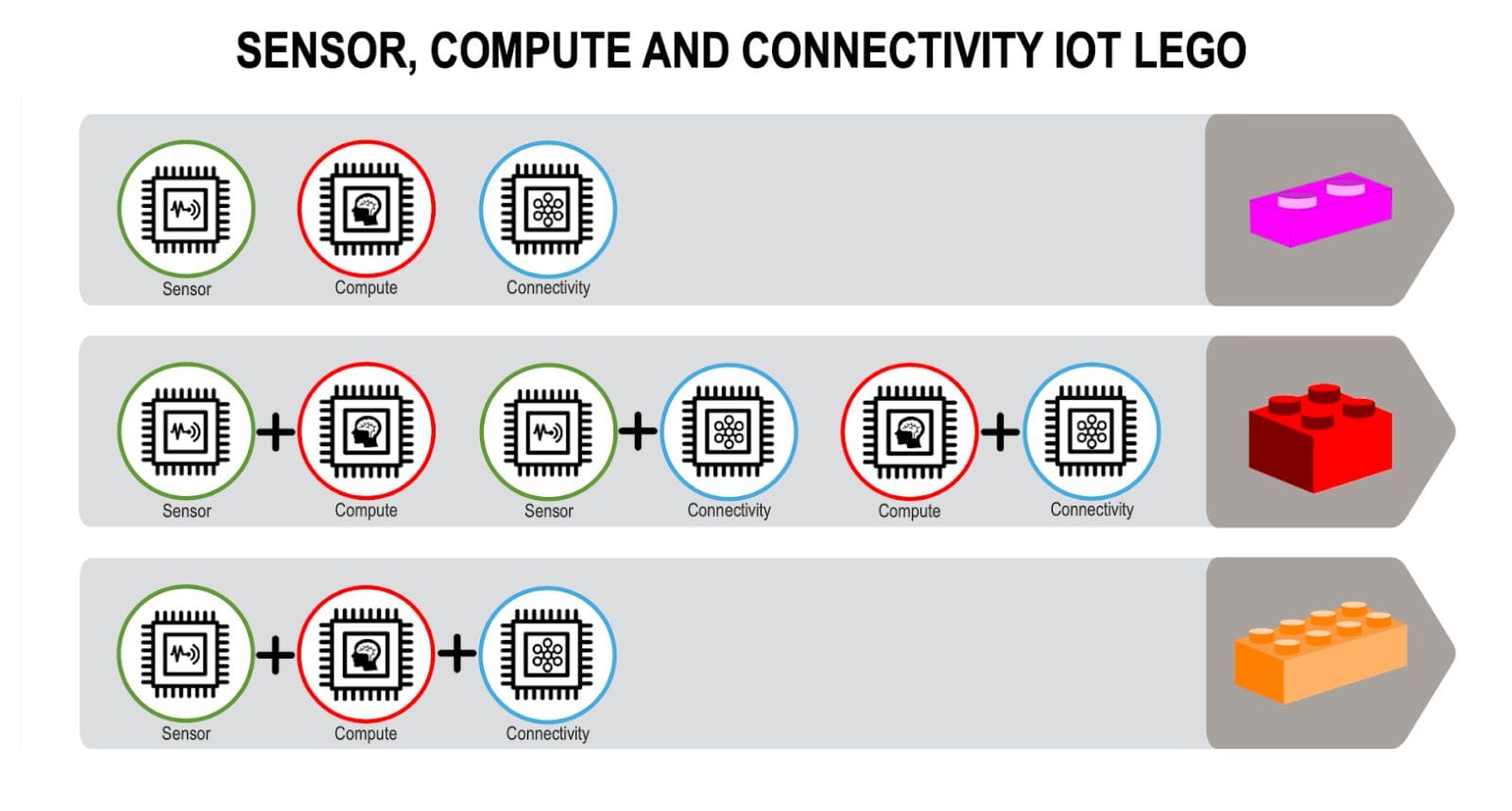
In other words, every RAK model number is more than a product ID. It’s a building block in the greater world of modular IoT.
Building a System, Not Just Products
It’s tempting to compare IoT modularity with Lego bricks, but the reality is far more complex. Our vision at RAK goes beyond helping developers build prototypes. We want our modular IoT system to be commercial-ready, just as reliable and accessible as IKEA’s model for furniture.
IoT may look like Lego, but the foundation is different: our “bricks” are chips. Compute, connectivity, and radio silicon are the elemental units of any device, so we begin by standardizing chip families as canonical building blocks and aligning them to consistent interfaces.
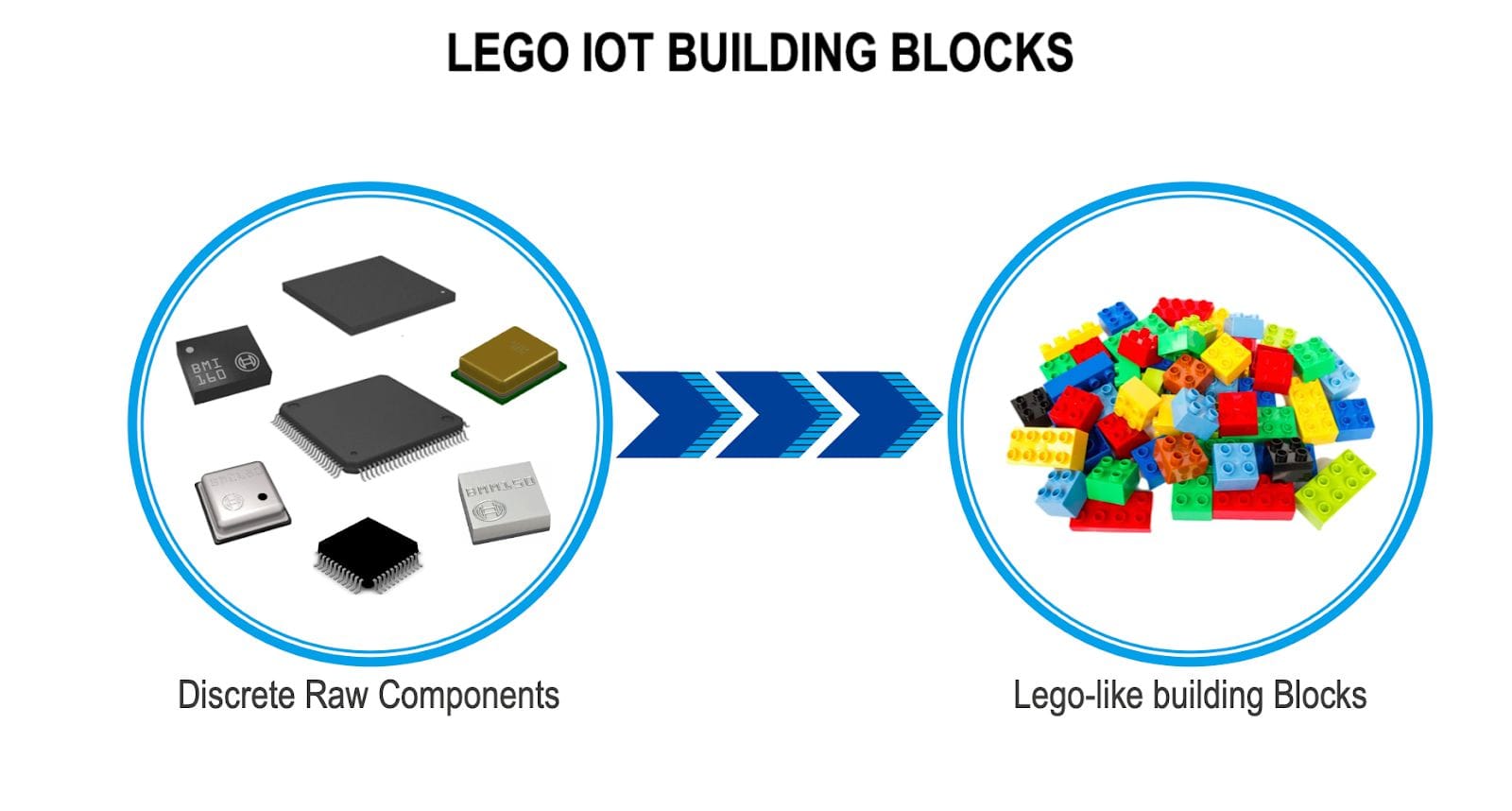
Equally important, we anchor everything to strict physical standards—form factors like Raspberry Pi, CM4, Arduino shields, PCIe, M.2 and 96Boards—plus our own WisIO socket conventions. In other words, to create a system “like Lego,” you must first define a small set of core elements and precise dimensional rules.
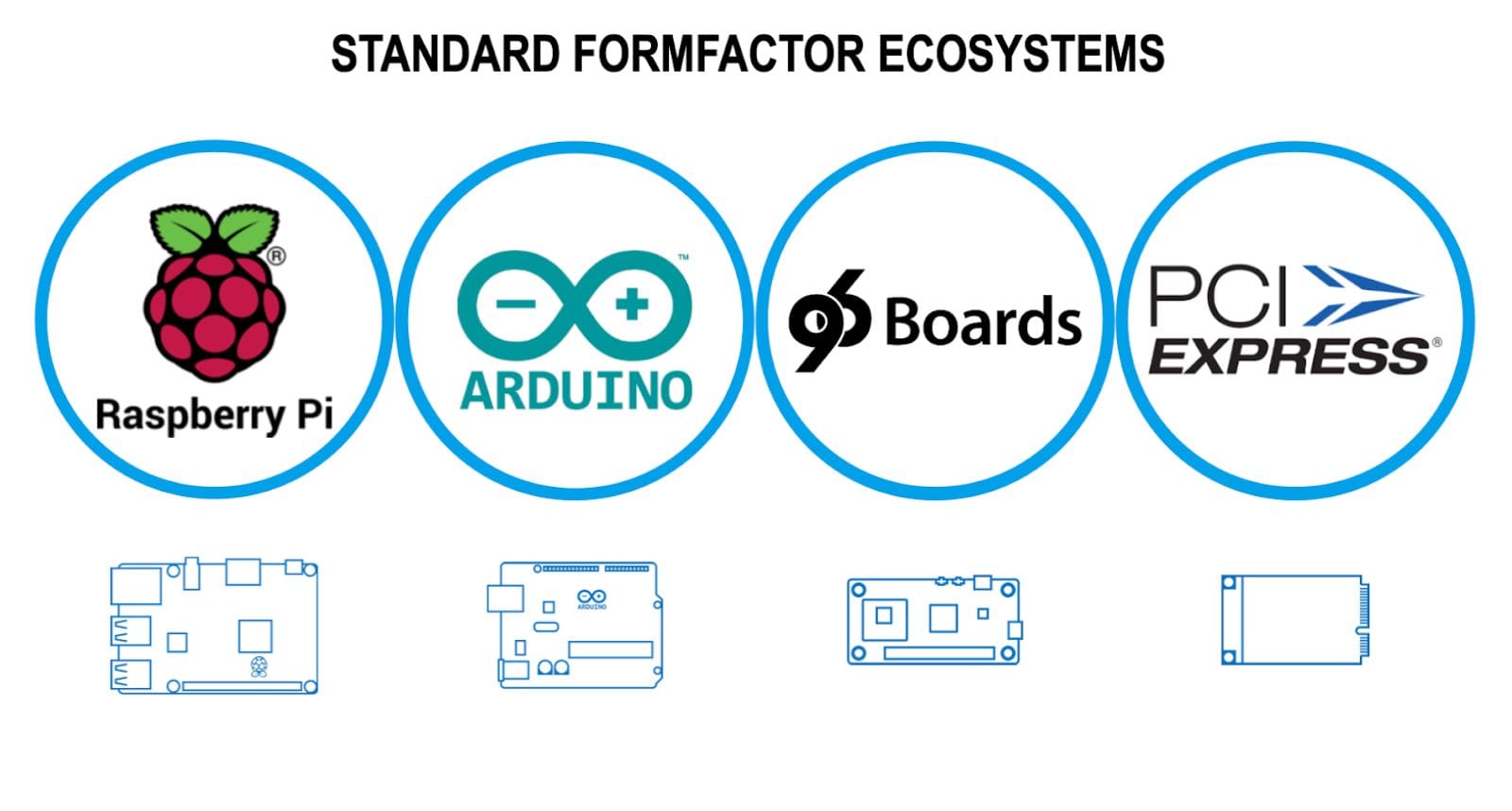
The Logic Behind RAKwireless Model Numbers
This is the basis of the RAKwireless product naming guide: each model encodes (1) the family it belongs to (WisBlock, WisDuo, WisTrio, WisLink…), (2) the core computing silicon, and (3) the form-factor/connector choices. So, customers can read the product’s intent at a glance.
We began our journey with a set of simple principles: define the core elements (Compute, Connectivity, Sensor), establish standardized building blocks, and align with strict form factors. But as we applied these rules in practice, we quickly discovered that modular IoT has no ready-made blueprint. There was no existing model to copy. We had to learn, adapt, and innovate step by step.
That’s how our naming system evolved. We started with what seemed obvious: every product name begins with RAK. Just like ESP32 begins with “ESP” to signify Espressif, “RAK” is our identity. It’s the mark of our company.
From there, the first digit after RAK was defined as the product family. Each number represents one of our Wis series:
- 1 → WisBlock
- 2 → WisNode
- 3 → WisDuo
- 4 → WisTrio
- 5 → WisLink
- 6 → WisHat / WisDuino
- 7 → WisGate
- 8 → Kits
- 9 → Accessories
- 0 → Reserved
So when a customer picks up a RAK3172, the “3” immediately tells them: this is part of the WisDuo family—a product that combines two essential functions into one, perfectly illustrating the logic behind RAK WisDuo decoding.
Lessons from the RAK4630
No system is perfect from the start. Customers sometimes ask:
“If RAK4630 is a WisDuo, why does it start with a 4?”
The answer is simple: in 2020, when we introduced the RAK4630, we defined it as a combination of two connectivity units plus one computing unit. In our early thinking, that felt like a WisTrio, so we placed it under the “4” series. At the time, it made sense. But looking back, we realized it was a mistake.
The logical process should always have been:
- Create the WisDuo module number.
- Derive a RAK WisBlock model number from that WisDuo.
- Assign numbers for Breakout or Evaluation Boards from the WisDuo number.
In other words, the foundation of every WisBlock Core is always a WisDuo module. By starting directly with a WisBlock number, as we did with products like the RAK11720 and RAK11160, we broke our own logic and made the system harder to follow.
The lesson was clear: naming in a modular ecosystem isn’t just about categories, it’s also about sequence. If the sequence is inconsistent, the system becomes confusing, no matter how well the categories are defined.
The Second Digit: Form and Function
If the first digit tells you the family, the second digit begins to describe the form. Different customers have different needs:
- Some need a pure module, something they can solder directly into their end product.
- Others prefer a Breakout Board, which makes it easier to run quick experiments and test new ideas.
- And still others require a full EVB (Evaluation Board), which provides a complete environment for validation and integration.
The Third Digit: The Core Computing Unit
While the first digit defines the family, and the second digit reflects the form, the third digit identifies the core computing unit, the actual chip at the heart of the module. Because every IoT building block ultimately depends on silicon, each number represents not only a processor, but also the RAKwireless modular ecosystem around it.
Here’s how we map them:
- 1 → ESP32
- 2 → STM32L071
- 3 → STM32L151
- 4 → SAMR34
- 5 → nRF52832
- 6 → nRF52840
- 7 → STM32WL
- 8 → Apollo3
- 9 → ASR6601
- 0 → Reserved
This system allows us to quickly signal both the silicon choice and the ecosystem a product belongs to. For example, a “7” tells you immediately that the module is built on STM32WL, and therefore sits squarely in the LoRa ecosystem.
Of course, just as with the RAK4630 story, we’ve also had naming quirks along the way. One example is the RAK11720. By our own rules, it really should have been called RAK11820 to reflect its true core. But because the model number had already been tied to certifications, we decided to “continue as is” rather than disrupt existing approvals.
The Fourth Digit: Connectivity and Radio
If IoT is about connecting the unconnected, then connectivity is its heartbeat. That’s why in our naming system, we always reserve a digit specifically for the radio. The fourth digit tells you which connectivity core or radio technology is inside the module:
- 1 → SX1276
- 2 → SX1262
- 3 → SX1280
- 4 → SAMR34 internal
- 5 → LoRa-Internal
- 6 → STM32WLE5
- 7–9 → Reserved
- 0 → No LoRa
This makes the fourth digit one of the most critical in the entire model number, because it signals how a product will actually communicate. Whether it’s a classic LoRa transceiver like the SX1276, a highly integrated chip like the STM32WLE5, or even a device without LoRa at all, this digit ensures customers can identify the radio capability at a glance.
The Fifth Digit: Antenna and Form Factors
Finally, the last digit in our model numbers is reserved for something very practical: how the product physically connects to the outside world. In most cases, this means the antenna type:
- 0 → None / IPEX
- P → Pin-out
- S → SMA
But in other cases, especially for evaluation boards, this digit is also used to indicate the form factor standard the board follows. Remember earlier when we talked about the second digit distinguishing between a module, breakout board, or EVB? Once you step into evaluation territory, the design usually inherits an open ecosystem standard, such as:
- Pi HAT form factor
- Arduino Shield form factor
- 96Boards style
These form factors are not just cosmetic. They make it possible for developers to plug our evaluation boards directly into familiar ecosystems and start experimenting right away.
That’s why RAK11160 reads like a miniature novel:
- “1” = WisBlock
- Next “1” = Module form factor
- Next “1” = ESP32 brain
- “6” = STM32WLE5 as a second brain, with LoRa radio
- “0” = Antenna option
Final Thoughts
From the first digit that signals a product family, to the final digit that encodes antennas and form factors, every RAK model number is more than a label. It is part of a language we’ve built for modular IoT. Each number reflects our belief that IoT should be as structured as Lego yet as practical as IKEA: standardized, expandable, and ready for real-world use.
This RAK module naming explained system is not just about classification. It is about discipline, sequence, and a vision for scalability because building an IoT ecosystem requires more than great hardware; it requires a framework that makes sense to everyone.
So the next time you see RAK3172, RAK4630, or RAK11160, you’ll know they are not random codes. They are coordinates in a modular universe we’re building together. And now that you know how to read RAK model number, which model is your favorite piece of the puzzle?
Be part of the discussion, share your projects, and connect with other IoT builders in the RAKwireless Forum.
Explore the latest LoRaWAN gateways and sensors to full IoT kits from RAKwireless.



